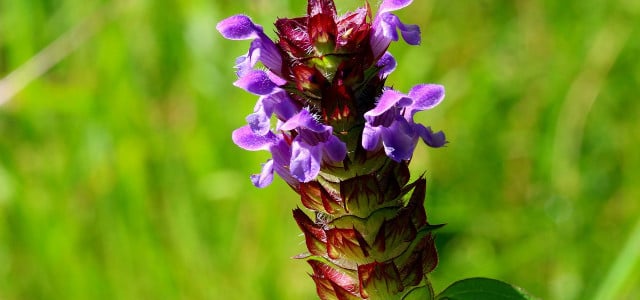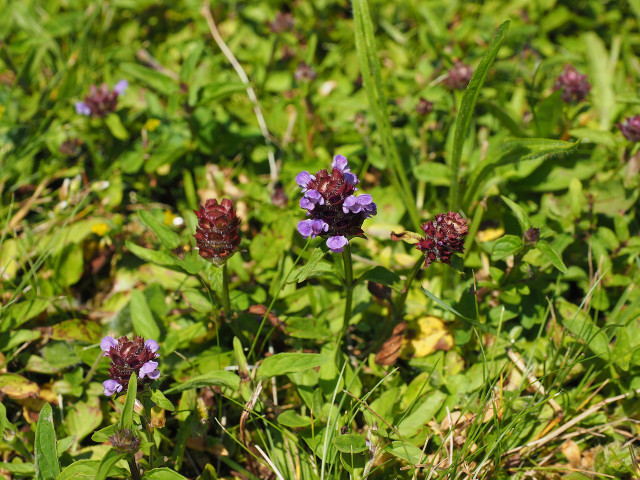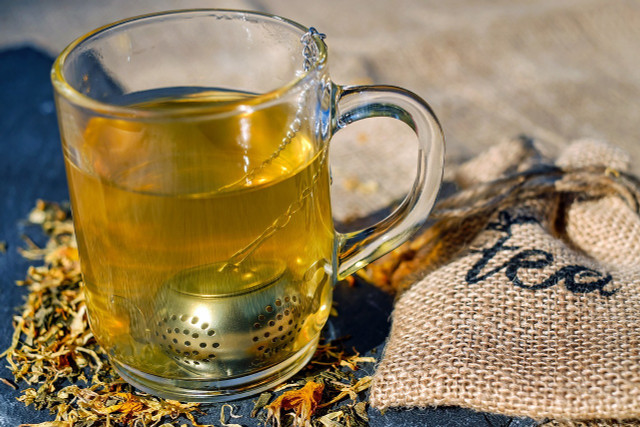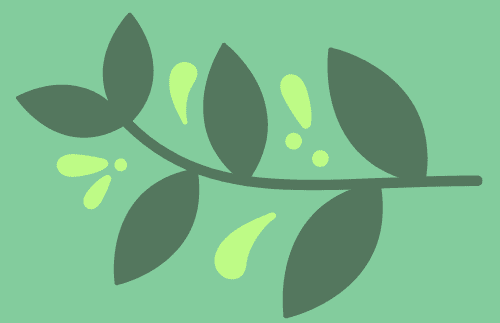
The Braunelle is a widespread native wildflower. We explain how to plant this versatile medicinal herb in the garden, what care it needs and how to use it properly.
The Braunelle (“Prunella vulgaris”) is a wildflower native to Europe, Asia, Africa and North America. It is also considered a versatile herbal remedy. In our country, you will mainly find braunellas in wild meadows, along forest paths or in fallow areas. While the medicinal plant is rather forgotten in this country, the Braunelle is still part of traditional Chinese medicine.
You can easily plant the small purple herb in your garden. At the same time, you’ll be doing something for the protection of species, because the Braunelle provides valuable food for bees and other insects.
Contents
Planting Braunelle

As a native wildflower, the hardy Braunelle is very robust and extremely undemanding. It only needs a suitable location to grow well.
Location
- The Braunelle feels especially at home in sunny to semi-shady places.
- The perennial herb adapts easily to different soil types: It accepts nutrient-rich to lean meadows or clay soils equally well.
- The purple flowers look particularly good along borders and slopes or as a natural border for a rock garden.
- Because they have low soil requirements, you can also use brownbells as a green roof or plant them between flagstones in the backyard.
- As part of a wild meadow in the garden, this bee-friendly plant is also suitable.
Planting
- Plant braunbelles at least 25 inches apart and water lightly.
- Note, however: Braunbelles reproduce by self-seeding. Therefore, choose the location so that there is still enough room for more plants in the surrounding area.
Care for Braunelle
Because the Braunelle is such a frugal plant, you can leave it to its own devices most of the time. Only once in a while will it need a little care:
- Watering: The robust wildflower tolerates even short dry periods well. Only during long periods of heat should you regularly water the soil lightly. However, avoid waterlogging at all costs.
- Fertilizing: The Braunelle does not need additional fertilizer.
Healing properties of the Braunelle

The little burnet is traditionally used as a medicinal plant. You can use it internally by brewing a tea from its dried flowers. But it can also be used externally: parts of the plant can be processed into ointments and tinctures and applied to the skin for wounds and inflammations.
To this day, the ingredients of the small herb are said to have numerous positive properties:
- antibacterial
- antiviral
- anti-inflammatory
In our country, the formerly also called “Gottheil” was gradually replaced by medicines. In the Asian region, however, it still has a high status in natural medicine: Traditional Chinese medicine uses the flower, among other things, for herpes, wounds and as a remedy for high blood pressure.
Make your own brown alder tea
You can also expand your medicine cabinet with homemade brown alder tea. This is how you make it:
Cut off the spherical inflorescences during the flowering season in summer and let them dry in a warm place for a few days.
For a cup of tea you need a heaping tablespoon of the dried flowers. Pour about a quart of boiling water over them and let the brew steep for ten to fifteen minutes. It is best to cover the cup – this ensures that the essential oils do not evaporate.


